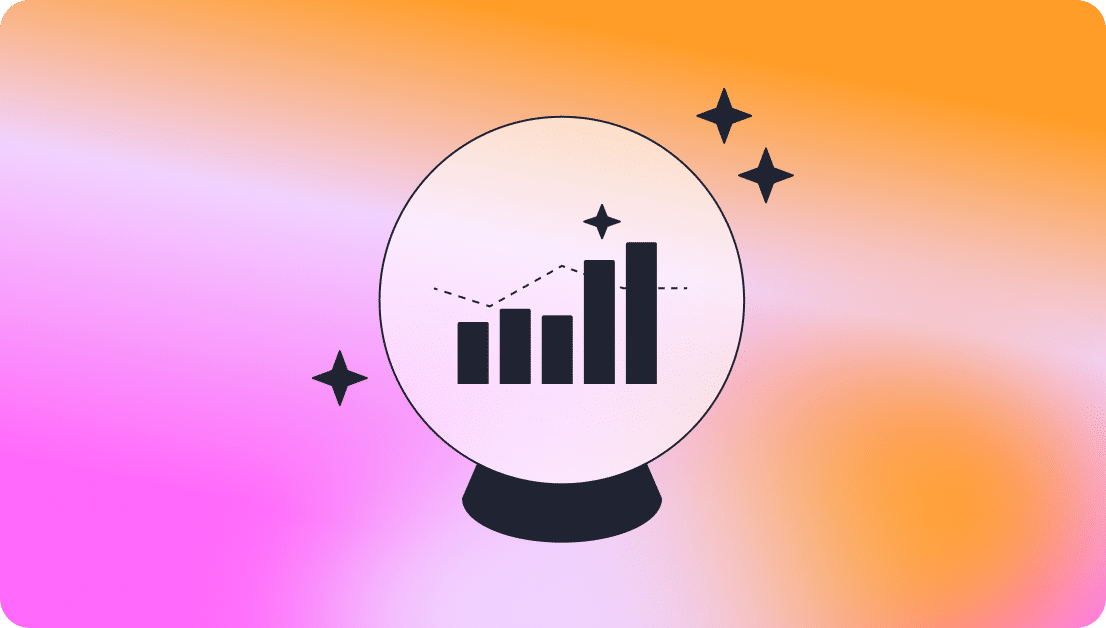
2025 Digital Agency Trend Predictions
Grant Hultgren & Carl Smith sit down to talk agency industry predictions, agency trends. and strategies to help navigate 2025.

Grant Hultgren & Carl Smith sit down to talk agency industry predictions, agency trends. and strategies to help navigate 2025.

Resourcing models are different for each business. Learn about three types of resource models and which one you should use for successful resource management.
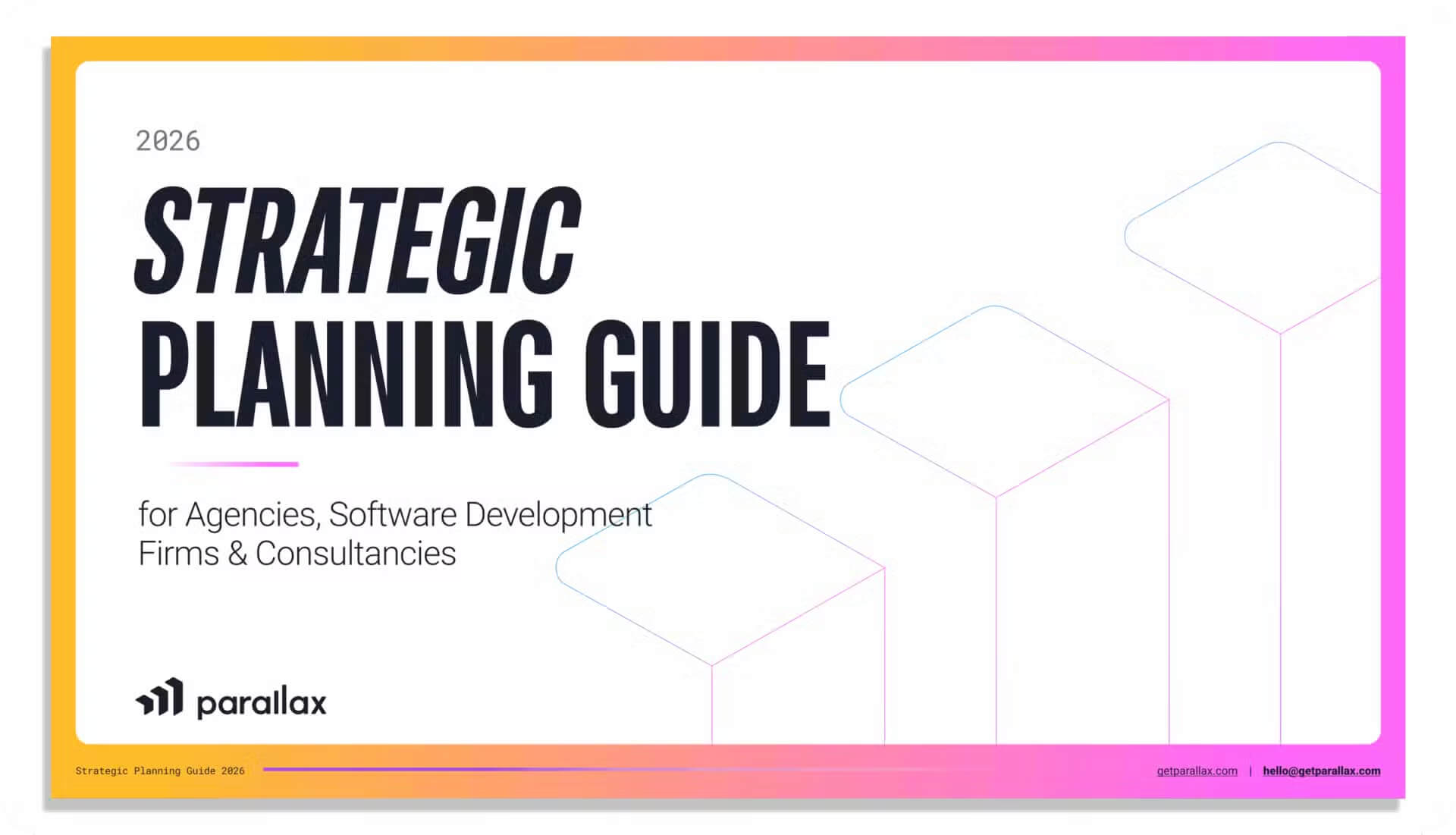
Planning for 2026 doesn't need to be complex. You can start today with methods and habits that work.
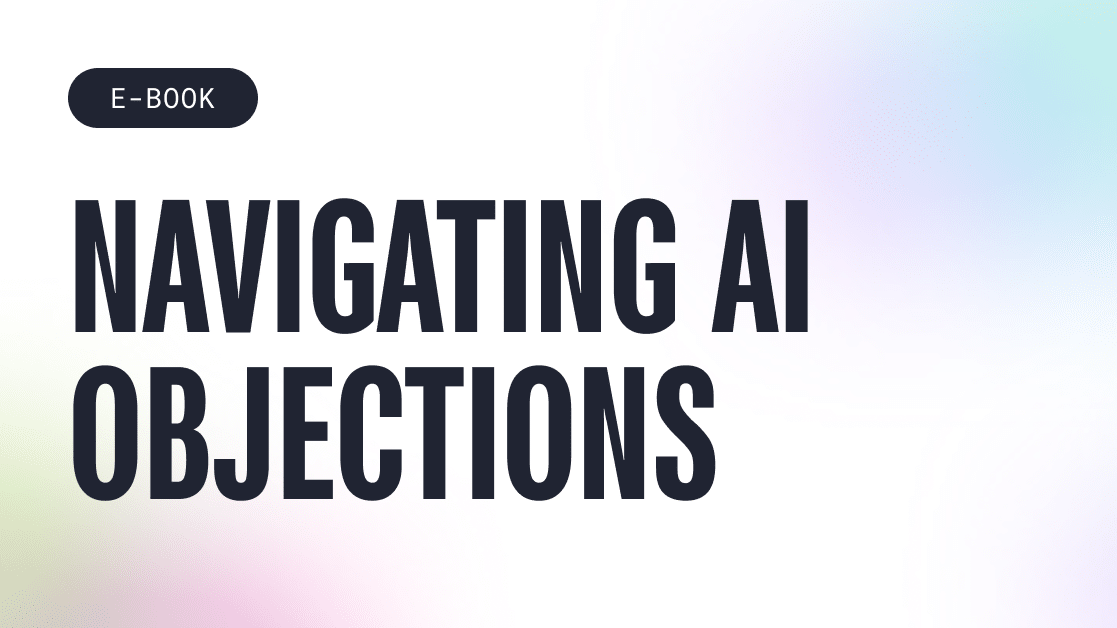
New Guide: How to Talk About AI Without Sounding Like a Robot AI is in every client conversation right now….

Discover 4 ways agencies can align sales and operations for smoother project delivery, stronger client handoffs, and sustainable growth.

How are agencies actually using AI right now? That’s what we explored in our recent webinar with Parallax VP of…
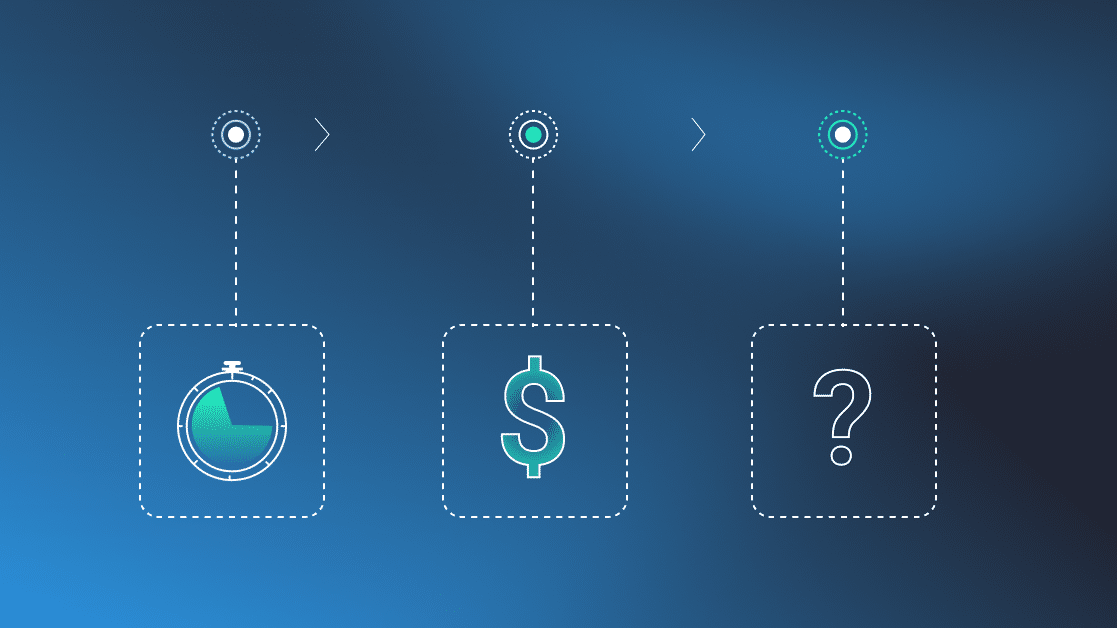
Agency pricing models are under more pressure than ever. Not because clients are being difficult, but because the traditional effort-based…
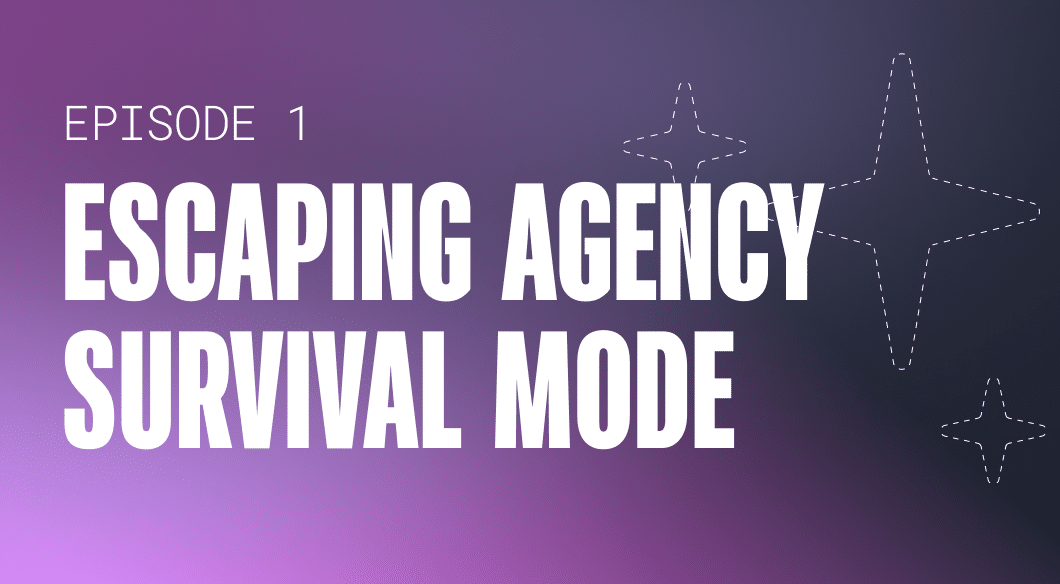
If you’re running an agency and it feels like every month is a scramble to stay afloat — you’re not…

Streamline your resource planning with this witty, practical guide to building a resourcing strategy. Get tips, KPIs, and tools for success.
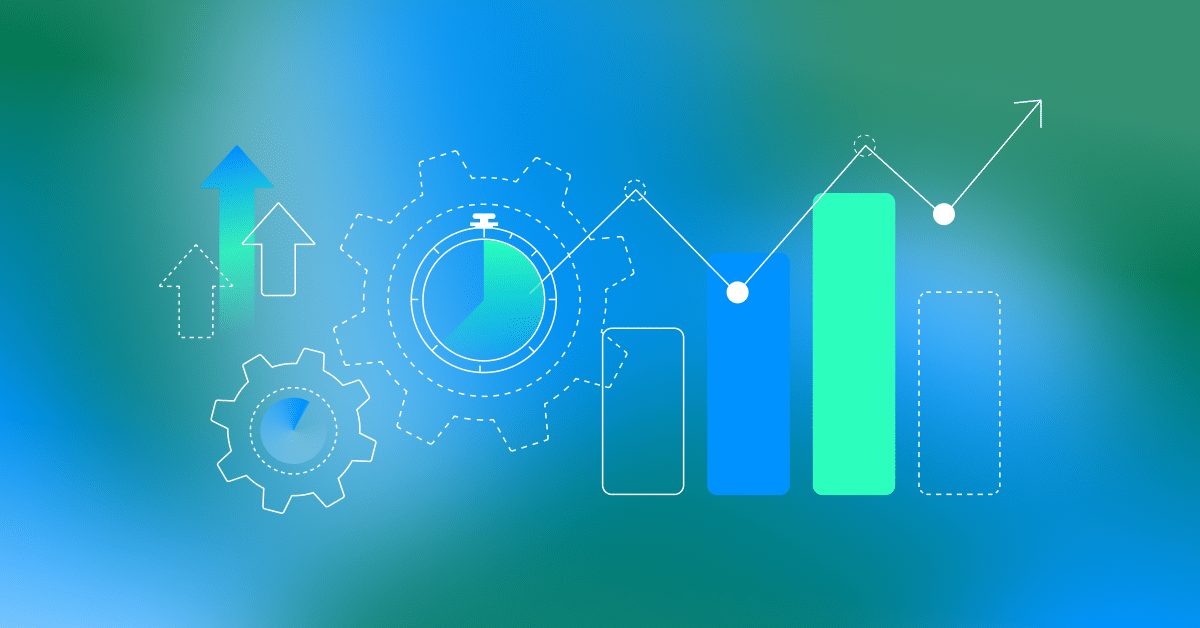
What is operational efficiency? Boost operational efficiency with strategies to measure, track, and improve performance using resource management.

What is project forecasting, and how do you do it? Learn the steps in estimating what human resources will be needed for a project.

Bret Swain and Kurt Schmidt chat on how to spot the signs of stagnation in your agency. Learn how to break free and promote growth.